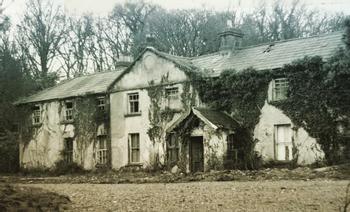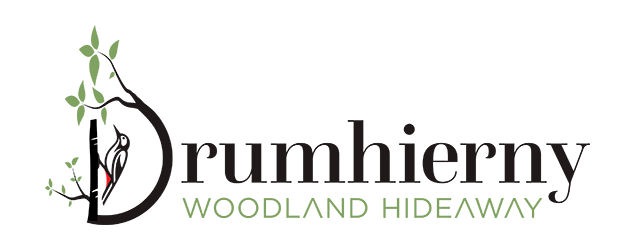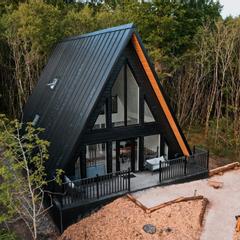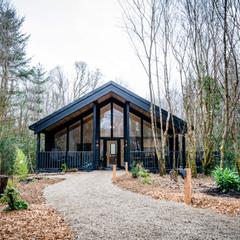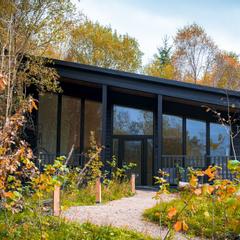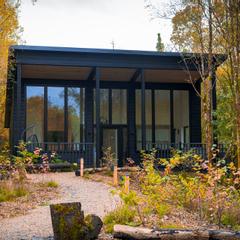History
100 ACRES OF IRISH HISTORY
Our story starts from the forest and beyond with over 1,000 years of ever evolving history…
The arc of history that Drumhierney encompasses is substantial, consistent and endlessly relevant.
Starting with the three substantial fairy forts on the property these installations indicate occupation and cultivation of the land that is at least a thousand years old and probably given their context in the county much, much older than that.
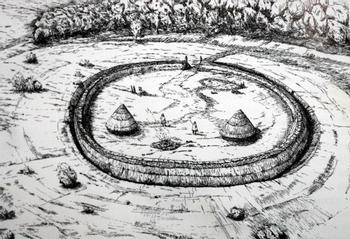
12TH CENTURY – 1270
Our next stepping stone is the newly researched Battle of Ath an Chip, alias "Battle of Connacht” an overwhelming 10,000 strong battle involving native Irish and the invading Normans where the Irish prevailed driving the Normans from the field and giving the bridge its name, Battlebridge. The battle occurred in 1270ad, 750 years ago.
Battlebridge was for many years the main road to Sligo from the East, placing Drumhierny in a very advantageous and strategic position. War and conflict punctuated history until Leitrim village was at last captured, the last stronghold of the Irish on the island.
Village life stabilised in the following decades and a strong self-reliant mercantile and agriculture tradition developed and once more Drumhierny played a pivotal part in the agricultural part of the community.
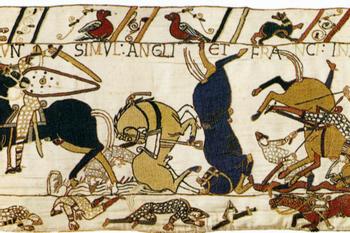
Tapestry depicting The Battle of Ath an Chip, alias "Battle of Connacht”
17TH CENTURY
THE HUNTING LODGE AT DRUMHIERNEY - (1685)
Drumhierny Hunting lodge was constructed by or developed by the French Huguenot La Touch family. The family had fled France to Holland due to the Revocation of the Edict of Nantes in 1685, which would have led to their religious persecution. David La Touche fought with William of Orange at the Battle of the Boyne and afterwards decided to stay on in Ireland.
He had a keen eye for commercial opportunity and a great genius for networking, spotting gaps in the fabric of Irish finance and developing business that could make him his fortune. This led to him opening a shop in Dublin manufacturing and selling silk Poplins and cambric’s. He eventually came upon banking as an evolution of his business as he provided a service to other Huguenots where he minded their valuables and would exchange currencies for a small fee, eventually becoming banking.
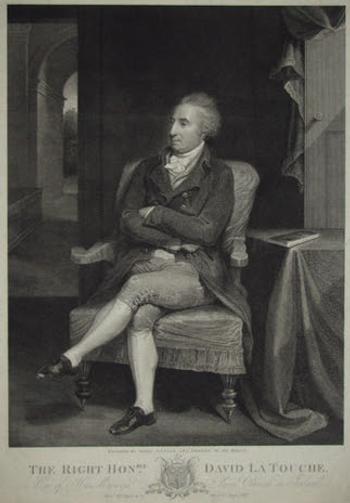
David La Touche
18TH CENTURY
Peter La Touche was the grandson of David La Touche who died in October 1745 leaving his estate to David II. He was also brother to David III who set up the Bank of Ireland in 1783.
Peter took a hands-on interest in the affairs of Leitrim acting as MP for Leitrim (1802-1806). Peter LaTouche also invested heavily in mining and iron works in Arigna, using the newly updated Drumhierny Lodge as his base. Peter was unfortunately unsuccessful in his business interests and withdrew with losses of 80,000 pounds. The subsequent members of the family took varying diminishing levels of interest in the county.
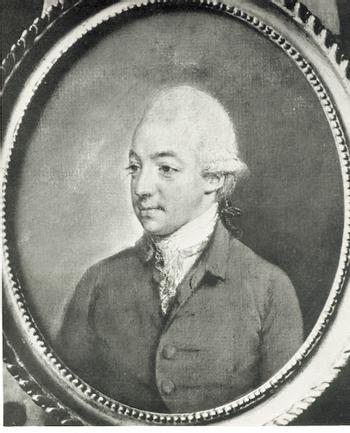
Peter La Touche
19TH CENTURY
The portfolio of the La Touche dynasty encompassed silk, property and iron but it was really the banking that made them spectacularly wealthy right up to the banking crash of 1870 at which time they fell back on their property holdings from which they could extract rent.
Drumhierny was by La Touche standard a smallholding, especially when compared to the exceptional and now lost Belleville in Delgany.
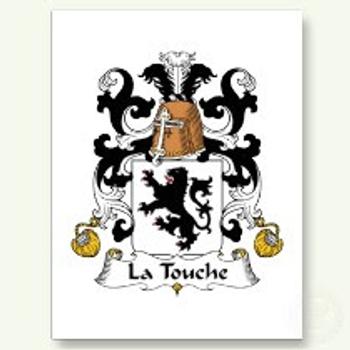
La Touche Crest
20TH CENTURY
Through the generations, the house and properties came under the control of Wilton Vaugh (1847-1925), father of Gordon Vaugh and Frank La Touche Vaugh. He was the sub sheriff of the County of Leitrim and was burried outside the large window of Toomna parish church near Battlebridge, a mere kilometre from Drumhierny Estate.
Vaugh sold Drumhierney to Michael Joseph O’Connor (37) in 1912. O’Connor is described in the Mount Ida Chronicle as “a prosperous saloon keeper”. Michael O’Connor emigrated to the USA in 1896 and bought Drumhierny for a little less than £5,000. Michael Joseph O’Connor had a daughter in Philadelphia in 1905, Marion O’Connor.
Marion O’Connor married Aodogan O’Rahilly (1904-2000), son of “The O’Rahilly” the only leader of the 1916 Easter rising shot down in combat when retreating from the GPO.
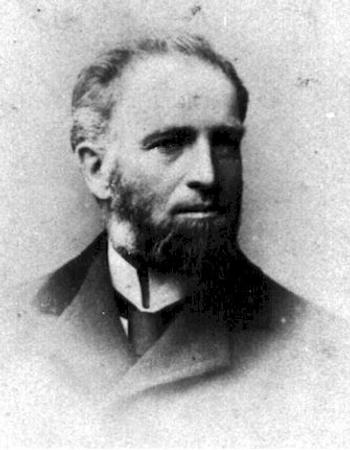
Wilton Vaugh
HISTORY
Aodogan and Marion had four children Nuala, Eoin, Ronan (1940-2020) Roisin and Iseult. Upon Aodogan’s death Ronan (1940-2020) took possession of the House and the adjacent lands; at this point it was already in some disrepair.
In 1972 Vanessa Price (daughter of Nuala), in the company of Aegon, remembers being in the house and there being electricity downstairs to boil a kettle. She recalls crisp linen sheets on beds. 1972 was the last known time that Drumhierny was inhabited.
The estate remained dormant for 40 years before the current owners purchased the estate in 2017.
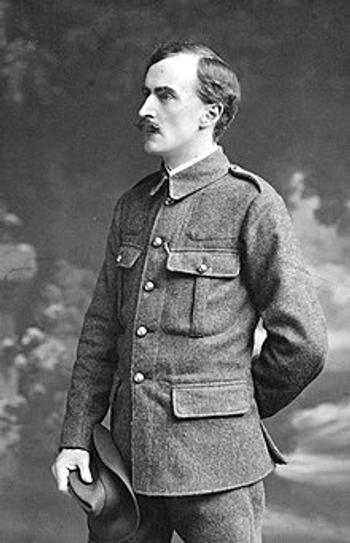
Aodogan O Rahilly
21ST CENTURY - 2017
Finally the house and property was sold to its current owners in 2017.
Along with the owners and team at the Drumhierny estate, every effort is made to provide genuine hospitality in this new phase in the evolution of this magnificent & magical location. Thus, the indelible-mark made by the La Touch family, as far back as 1685 on the landscape of Drumhierny Estate will continue to be appreciated by future generations to come.
Drumhierny is owned and managed by true country people who are dedicated to maintaining and enhancing this unique piece of rural Ireland – arrive as a guest, leave as a friend.
We are happy to add to the historic account what we are calling historical profiles of people who worked in Drumhierny within living memory.
Our history is ongoing it’s a vital part of our project and we are always looking to correct it and update it so the magical jigsaw of Drumhiernys past can be kept alive and vibrant. Any anecdotes or corrections can be forwarded to stay@drumhiernyhideaway.ie
